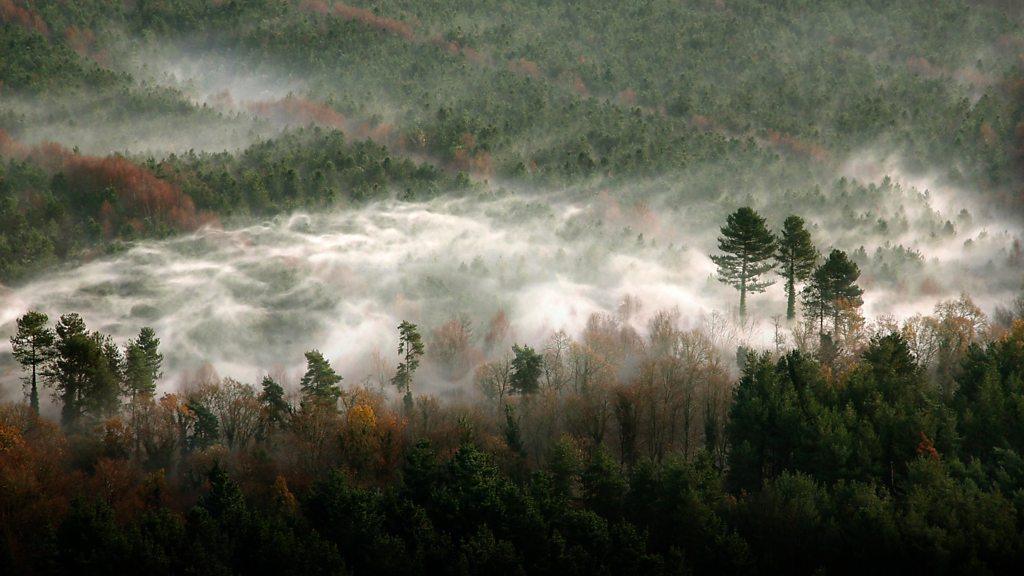Aerial photos capture 'tree of life' structures in Norfolk and Suffolk
- Published
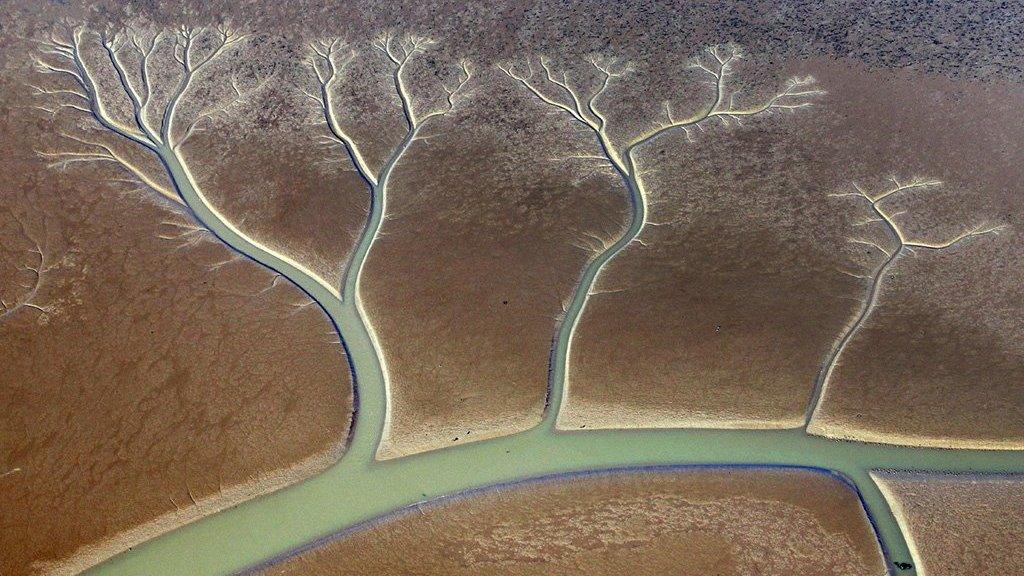
The 'trees' are created in the mudflats by the ebb and flow of the tide
An aerial photographer has compiled a series of images of skeletal-like 'trees' cutting their way through mudflats and lake beds in Norfolk and Suffolk.
Mike Page has pulled together the images from his library after similar photos showing the natural phenomenon in Australia made headlines around the world.
The photographer, who has spent more than 50 years flying over Norfolk and Suffolk, said the spectacle closer to home was "far better" than that down under.
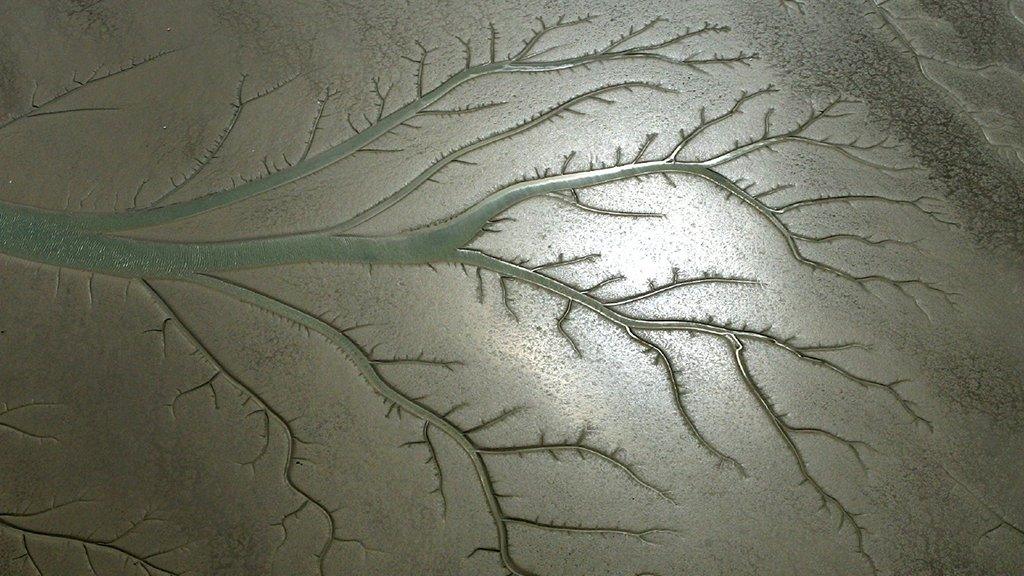
Marsh patterns in the mudflats along the River Blyth in Suffolk "can look so different depending on the time of day", said Mr Page

The tributaries at Breydon Water in Great Yarmouth, Norfolk, come and go with the tides, creating the county's own 'tree of life' in a watery landscape
"I love them," said the 81-year-old, who took his first 'tree' photo in 2011 over Breydon, Norfolk.
"That photo [pictured above] with its warm yellow tones and the single tree in the mudflats - it's never looked like that since, and that's what I love.
"You get that one moment in time and you'll never repeat it. I love being able to see those things and share them with people."
Amateur photographer Derry Moroney stumbled across massive tree-like patterns in Lake Cakora

You might also be interested in:


Aerial photographer Mike Page, 81, has taken more than 130,000 images in his career and is still flying
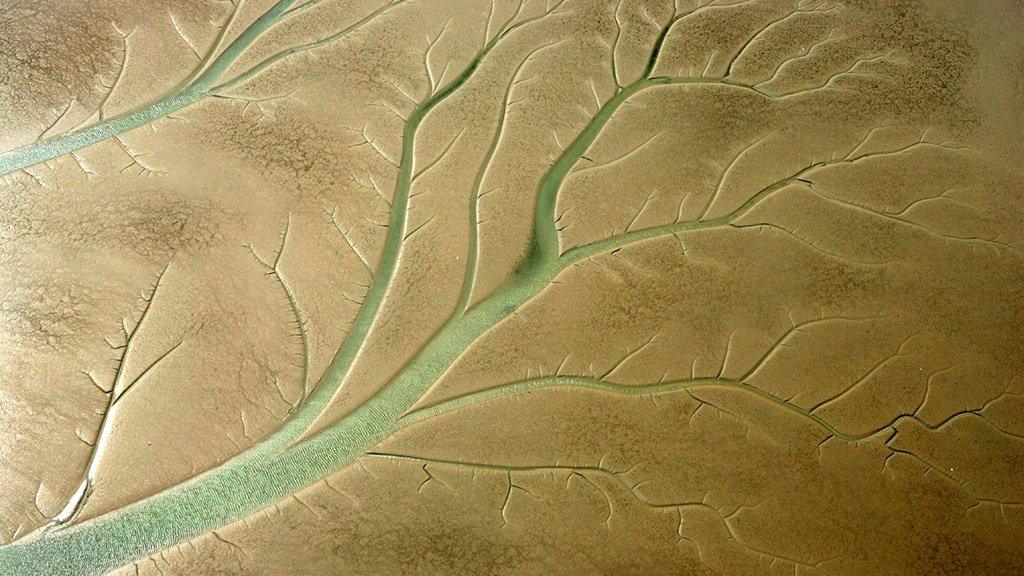
"The base pattern of the Australian tree is very similar to what we have here but the colour is very different. Ours are generally green and blue and really stand out from the earth," said Mike Page

Mudflats 'tree of life' explained
These are called dendritic drainage channels or patterns and dendritic means 'like trees'
These 'trees of life' channels in the mudflats show how energy is spread out as water flows over a relatively flat surface.
The channels work on both the incoming and outgoing tides. On the incoming tide the water rushes up the channels and the twists and turns slow and divide the flow. That allows sediment to drop down and create the mudflats.
On the ebb, or outgoing, tide, the water doesn't drain off equally but gathers in smaller channels caused by bumps and hollows. These form a set of semi-permanent channels which join up, so you end up with a pattern that looks like the branches of a tree.
These channels then provide the route in for the next incoming tide, so the cycle goes full circle.

Mike Page has taken thouands of pictures for his unique archive of images of East Anglia from the air - recording changes in the landscape over more than half a century

Find BBC News: East of England on Facebook, external, Instagram, external and Twitter, external. If you have a story suggestion email eastofenglandnews@bbc.co.uk
Related topics
- Published23 September 2020
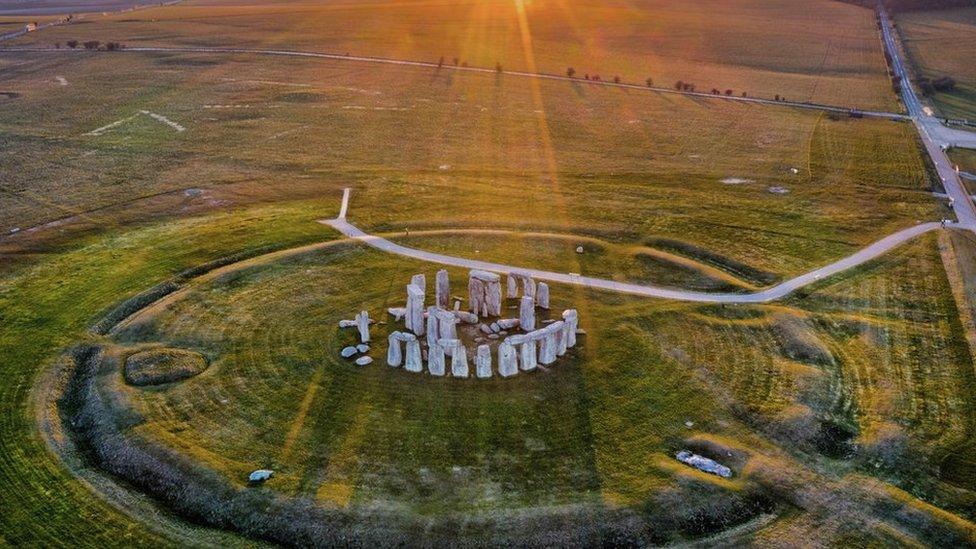
- Published6 August 2020

- Published24 March 2020

- Published10 February 2020
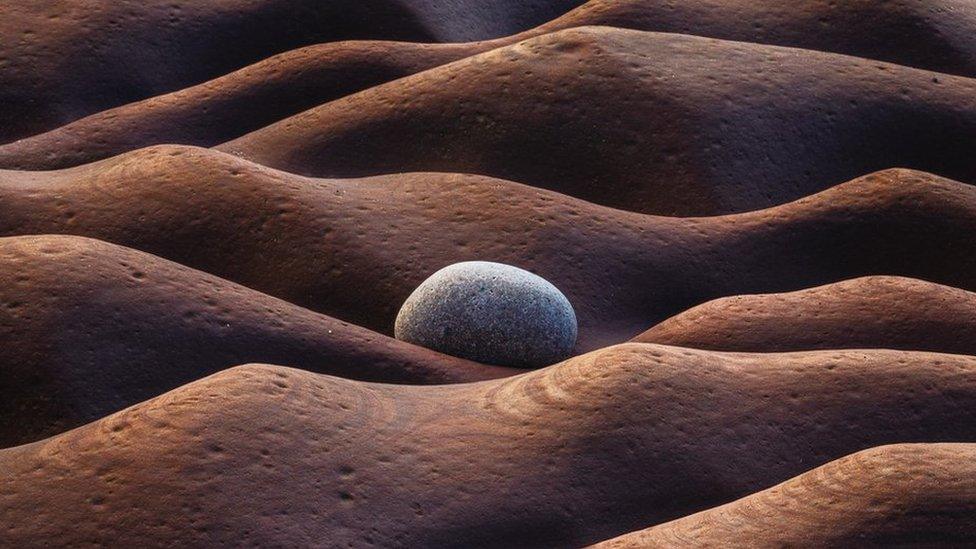
- Published28 May 2018
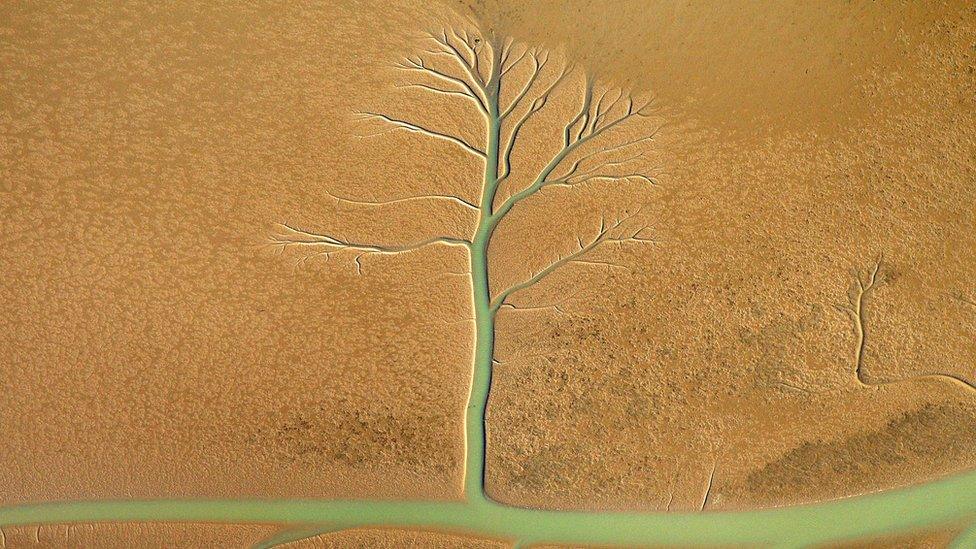
- Published24 May 2018
